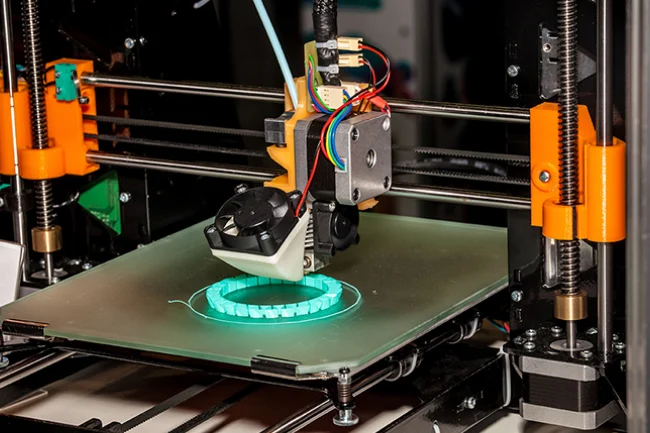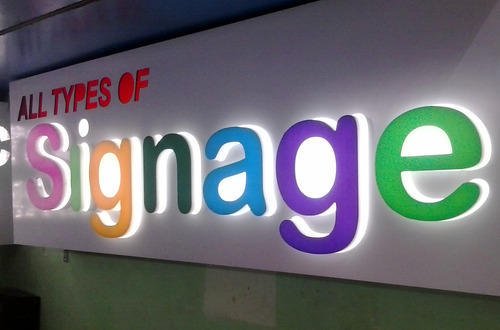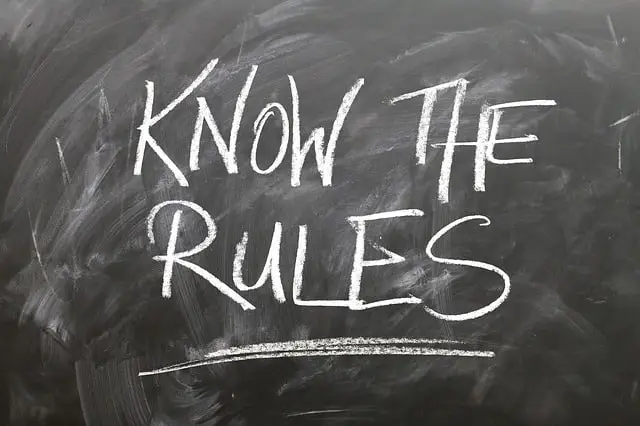

Printing is an essential aspect of communication and branding, transforming ideas into tangible, visually striking outputs. From businesses promoting their services to individuals cherishing memories through photo prints, printing has a significant impact on daily life. In this blog, we explore the various types of printing, the processes involved, and what to expect from each type in terms of results.
Offset printing is a traditional method where the inked image is transferred (or “offset”) from a plate to a rubber blanket and then onto the printing surface. It is widely used for high-volume print jobs like newspapers, brochures, and magazines.
Digital printing directly transfers digital files to a variety of media, bypassing the need for plates. It is ideal for smaller print runs and personalized projects.
Screen printing involves creating a stencil (or “screen”) and using it to apply layers of ink onto the printing surface. It is commonly used for fabrics, ceramics, and promotional items like mugs.
Flexography uses flexible relief plates to print on various surfaces, including plastics, metals, and paper. It is commonly used for packaging and labels.
Gravure printing uses engraved cylinders to transfer images. It is best suited for high-volume, high-quality prints such as magazines, wallpapers, and gift wraps.
Large format printing produces oversized prints, such as banners, posters, and billboards, using specialized printers.
3D printing creates three-dimensional objects by layering material based on a digital model. It is used in industries ranging from healthcare to automotive.
At Signfix Industrial Limited, we understand that every print project is unique, requiring precision, creativity, and reliability. With over 12 years of expertise in the printing industry, we are equipped to handle diverse printing needs—from small custom jobs to large-scale projects.
Whether you need eye-catching banners, durable labels, or vibrant brochures, Signfix Industrial Limited is your go-to printing partner in Nigeria. Our commitment to excellence ensures that your brand stands out and leaves a lasting impression.
Contact us today to bring your ideas to life with unparalleled printing services. Visit our website at signfix.ng or call us at +234 903 336 6660 or email [email protected] and [email protected] to get started. Let’s create something extraordinary together!

5 Powerful Ways Signage Empowers Self-Service Customers and Enhances Satisfaction

5 Surprising Ways Quality Signage Can Transform Your Business in

7 Emotional Triggers Your Signage Should Tap Into (If You

10 Crucial Things You Must Know About Signage Laws in
100% Original products that covered warranty by the vendor.
You have the right to return your orders within 30 days.
Your orders are shipped seamlessly between countries.
Your payments are secure with our private security network.